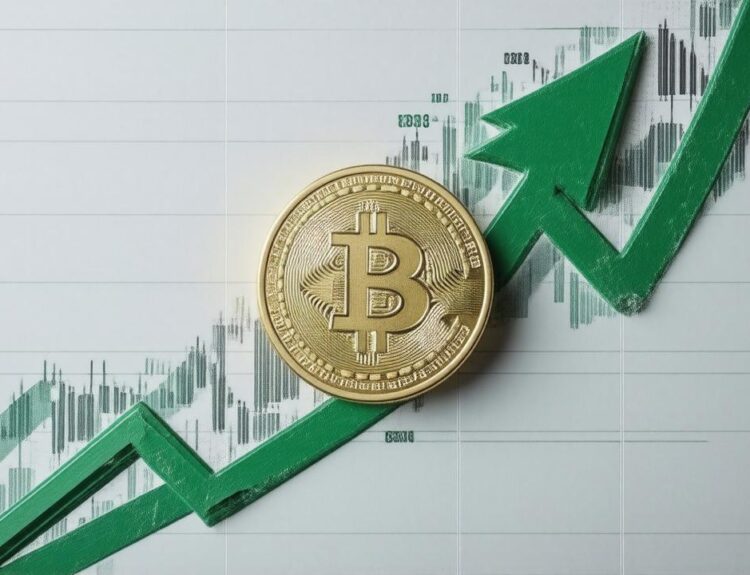U.S. Spot Bitcoin ETFs See Slower Inflows Amid Economic Concerns
Last week, U.S. spot Bitcoin ETFs experienced a significant slowdown in inflows, reflecting investor caution due to weak U.S. economic data and newly imposed tariffs. These developments have reignited concerns about stagflation—a combination of stagnant economic growth and persistent inflation.
Bitcoin ETF Inflows Decline Sharply
According to recent data, Bitcoin ETFs attracted $1.81 billion in inflows over the past week, marking a sharp decline of over 40% compared to the $3.06 billion recorded in the prior week. Despite the drop, some funds still managed to capture a substantial share of investor interest.
The majority of last week’s inflows were directed toward BlackRock’s IBIT, which saw an impressive $2.48 billion. Other funds, including Grayscale’s BTC, VanEck’s HODL, and Invesco’s BTCO, reported smaller, yet positive inflows.
Outflows Impact Select Funds
While certain ETFs benefited from net inflows, others faced significant outflows. ARK’s ARKB experienced redemptions of $457.6 million, while Fidelity’s FBTC lost $201.1 million. Additionally, Grayscale’s GBTC and Bitwise’s BITB also recorded net outflows. The remaining ETFs remained relatively flat during the week.
April Sees a Strong Recovery in Bitcoin ETFs
Despite last week’s slowdown, April proved to be a strong month overall for Bitcoin ETFs. Nearly $3 billion flowed into these funds, marking a sharp recovery after two consecutive months of outflows that drained over $4.3 billion. This rebound highlights renewed interest from institutional investors, signaling growing confidence in the cryptocurrency market.
Ethereum ETFs Follow a Similar Pattern
Ethereum ETFs also saw a decline in net inflows last week. Total inflows dropped to $106.75 million, down from $157 million the previous week. While the decline mirrors the trend in Bitcoin ETFs, the broader interest in crypto-based funds remains resilient.
Economic Data and Tariff Concerns Shake Markets
The slowdown in ETF inflows coincided with disappointing U.S. economic data. The April ADP jobs report fell far short of expectations, marking the weakest result since July 2024. Additionally, the first estimate for Q1 GDP turned negative, defying earlier positive forecasts.
A key driver of the GDP contraction was a surge in imports, as businesses sought to stockpile goods ahead of new tariffs introduced by President Donald Trump. These tariffs have added pressure to an already fragile economic environment, fueling fears of stagflation among investors.
Bitcoin Price Reacts to Market Sentiment
Despite the economic headwinds, Bitcoin experienced a brief rally last week, reaching a weekly high of $97,800. This uptick followed comments from Trump suggesting progress in trade talks with key countries, including China. However, the gains were short-lived as renewed inflation concerns weighed on market sentiment.
By Monday, Bitcoin’s price recovery had stalled, with the cryptocurrency trading in a narrow range between $93,500 and $96,000. Market participants are now focusing on the upcoming Federal Open Market Committee (FOMC) interest rate decision.
Federal Reserve Expected to Hold Rates Steady
Economists widely anticipate that the Federal Reserve will keep interest rates steady at 4.5% during its next meeting. The central bank is expected to maintain a cautious approach, given the ongoing challenges posed by inflation and broader economic uncertainty.
As the market navigates these developments, investors are closely monitoring potential shifts in monetary policy and their implications for both traditional and cryptocurrency markets.
























